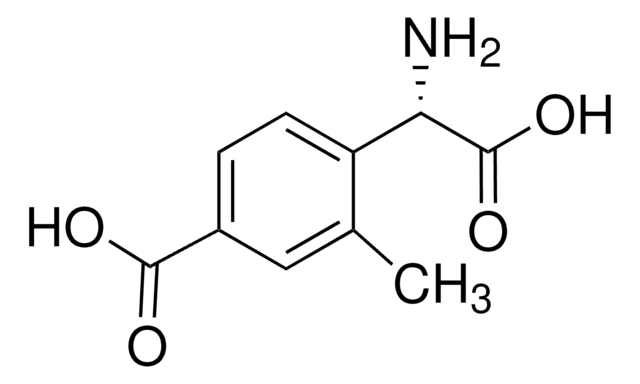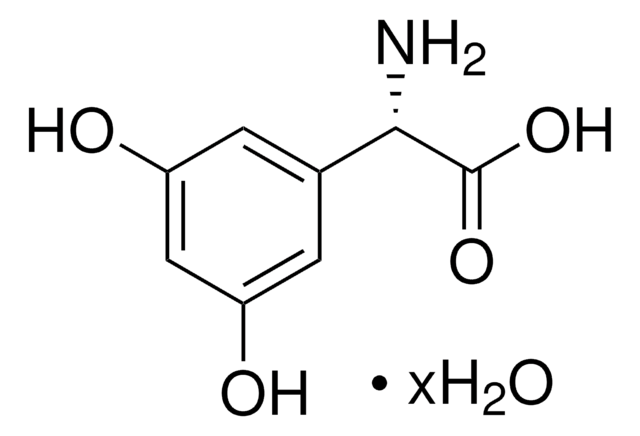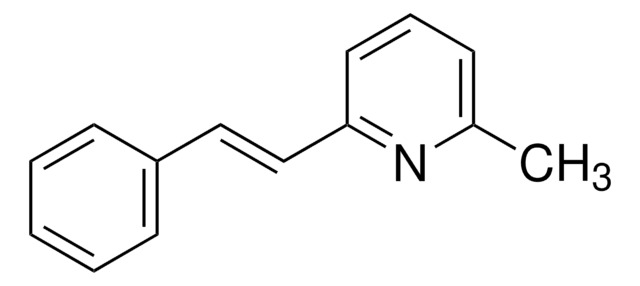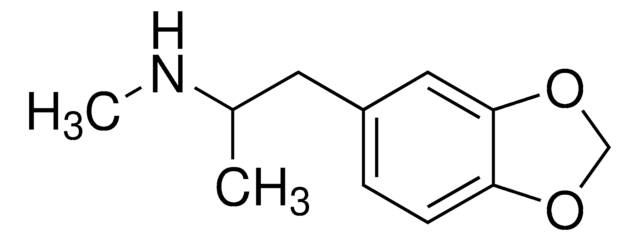M5435
6-Methyl-2-(phenylethynyl)pyridine hydrochloride
≥98% (HPLC)
Synonym(s):
MPEP hydrochloride
About This Item
Recommended Products
assay
≥98% (HPLC)
form
powder
color
off-white to light tan
solubility
DMSO: 10 mg/mL, clear
storage temp.
room temp
SMILES string
Cl.Cc1cccc(n1)C#Cc2ccccc2
InChI
1S/C14H11N.ClH/c1-12-6-5-9-14(15-12)11-10-13-7-3-2-4-8-13;/h2-9H,1H3;1H
InChI key
PKDHDJBNEKXCBI-UHFFFAOYSA-N
Gene Information
human ... GRIN2B(2904), GRM5(2915)
rat ... Grm5(24418)
1 of 4
This Item | 1479010 | 1479031 | 1479053 |
|---|---|---|---|
| manufacturer/tradename USP | manufacturer/tradename USP | manufacturer/tradename USP | manufacturer/tradename USP |
| grade pharmaceutical primary standard | grade pharmaceutical primary standard | grade pharmaceutical primary standard | grade pharmaceutical primary standard |
| format neat | format neat | format neat | format neat |
| application(s) pharmaceutical (small molecule) | application(s) pharmaceutical (small molecule) | application(s) pharmaceutical (small molecule) | application(s) pharmaceutical (small molecule) |
| API family orphenadrine | API family orphenadrine | API family orphenadrine | API family orphenadrine |
| storage temp. 2-8°C | storage temp. - | storage temp. - | storage temp. 2-8°C |
General description
Application
Biochem/physiol Actions
Features and Benefits
Storage Class
11 - Combustible Solids
wgk_germany
WGK 3
flash_point_f
Not applicable
flash_point_c
Not applicable
ppe
Eyeshields, Gloves, type N95 (US)
Choose from one of the most recent versions:
Already Own This Product?
Find documentation for the products that you have recently purchased in the Document Library.
Our team of scientists has experience in all areas of research including Life Science, Material Science, Chemical Synthesis, Chromatography, Analytical and many others.
Contact Technical Service








